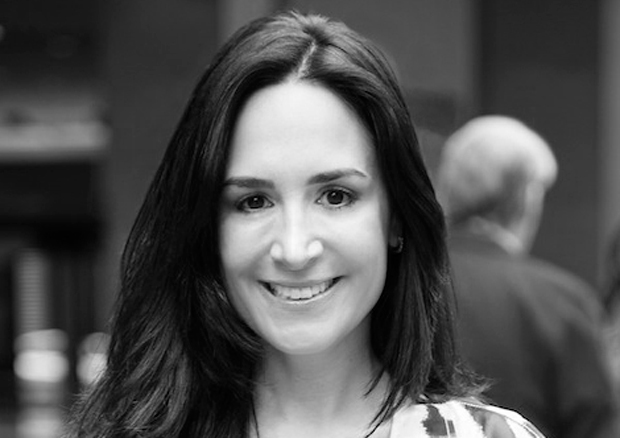
Ten questions for Artspace CEO Catherine Levene
The co-founder and CEO of the contemporary art website talks us through its acquisition by Phaidon, how her gran turned her on to art, the one piece she'd love to own and whether there really is an online art goldrush going on
So tell us, how did the Phaidon deal come about? This is a crazy story, but an art advisor who I had met a couple of months ago said she was interested in Artspace and I thought it must be for herself, as a potential investment. But she said, ‘actually I have some clients who are might be interested’. At this point, we had another bidder and a deal was very close to being done. Then she said one of my clients wants to meet you and this was about three weeks ago – maybe mid July. I said ‘who is it?' But she wouldn’t tell me who it was. She said ‘you’ll just have to wait. Meet me next Wednesday.’ A week later the deal was done. Keith (Fox, Phaidon CEO) and I got along famously. We share a similar vision, he obviously understands the digital business, and our business, very clearly and how we can fit in with Phaidon. From then on in it was a whirlwind. I could not be more excited and thrilled. It’s the perfect home for us.
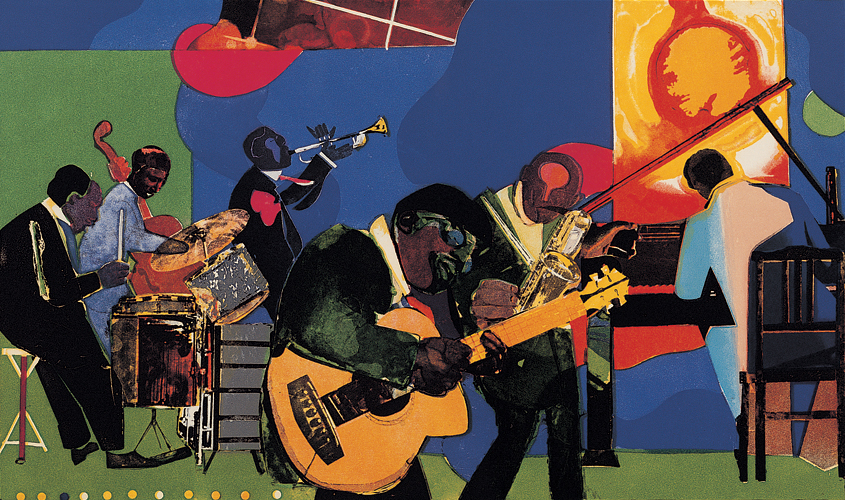
OK. We’re going to put you on the spot here. What does art mean to you? When I really think about art, it is as the common language of humanity. No matter when you were born, no matter what religion, ethnicity, political belief, language you speak, or culture you’re from – we all have art in common. It’s a way of expressing our history; of building a cultural legacy it’s a way of communicating across all of those boundaries. And it has been like that since the beginning of time. I’ve had art around me all my life. My grandmother was a big supporter of the arts and she was one of the founding members of the New York State Council on the Arts. She died young but I’ve always had this connection to her. She was the one who inspired me to be interested in art – my father and mother too. So I studied it in college, I studied it in Europe. I never knew I would make it my career but when I had this opportunity and vision with my co-founder Chris Vroom I just thought: it’s a passion of mine, I have an expertise in digital media, and I’ve been around it a long time.
Can you remember the first piece you saw with your grandmother that really turned you on to art? My grandmother had bought very early a Romare Bearden – two of them, in fact – and they were hung in her house. I was so young and I just remember sitting with her on her coach in her living room - she lived five minutes from our house - and I remember just sitting with her looking at books on that couch with them hanging in the room.
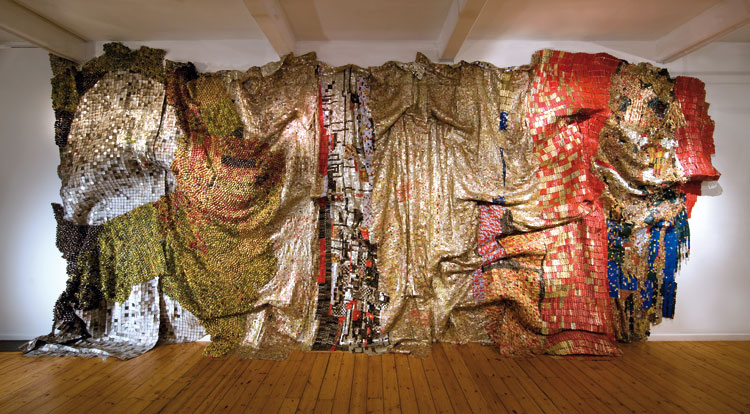
How has your own collection changed or matured over the years? When I was in my twenties the only things I could afford were limited edition prints that I would pick up at benefits. I would pick up a fifty-dollar piece here, a one hundred dollar piece there. I remember the first piece I bought was a limited edition print by Ross Bleckner and it still hangs in my living room. I got into black and white photography Vik Muniz, Katy Grannon. But I guess the artists I absolutely love today are Mickalene Thomas, Rashid Johnson, and Laura Simpson. And, while I couldn’t collect him, I dream of having an El Anatsui. So I have very broad taste but it’s mostly sort of things that I just get connected to.
I have a thousand dollars to spend on art. What is the one piece on Artspace right now I should buy? There’s so many great works on the site I don’t like to single out any particular one. The most important one is the one that will stay in your life.
__You have an incredible background in digital media and advise early stage internet companies, is there one bit of advice that always surprises them? __ I always say be passionate about what you’re doing. Because being an entrepreneur and starting something from scratch is a very intense and personal process and you put so much of your time and energy into it that if you’re not passionate about it it’s going to be hard to make it through. The second thing I say is have great advisors around you because nobody can do it by themselves. And have a coach – somebody who is independent not an investor, somebody who is able to help you and who is completely unbiased and who doesn’t have any skin in the game. And lastly, take care of yourself – your emotional, mental and physical self. It is so easy to get wrapped in the idea that there’s more to do. There’s always more to do but as a founder and CEO you have to stay healthy.
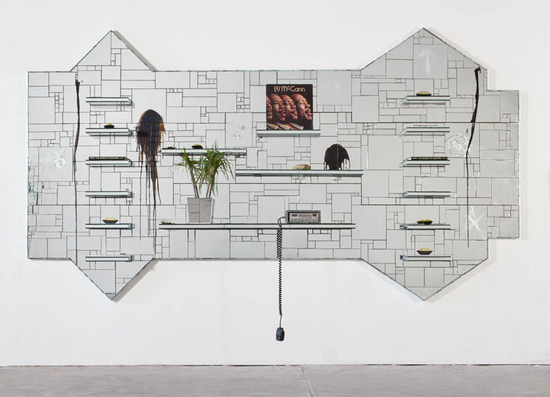
__How has the online art market matured since you entered it four years ago? __ When we started out there was really nobody selling art online. Maybe there were some players at the very low end of the market where artists can upload their work and sell it - a valuable platform for artists - but there was nobody focused on established and up and coming rising stars at the level we are. So it was a wide-open playing field. Our biggest challenges in the early days were explaining to our supply partners, galleries and museums, what we were doing. Because in those early days there were a lot of questions around whether people could actually sell art online. We always thought that in order to be successful it had to be easy to break through the friction that prevented people from buying art. You needed to be able to buy straight away from anywhere in the world. So you could be sitting in Australia but you could buy a piece from France. Why should you have to speak the language or for the gallery to be open to buy it?
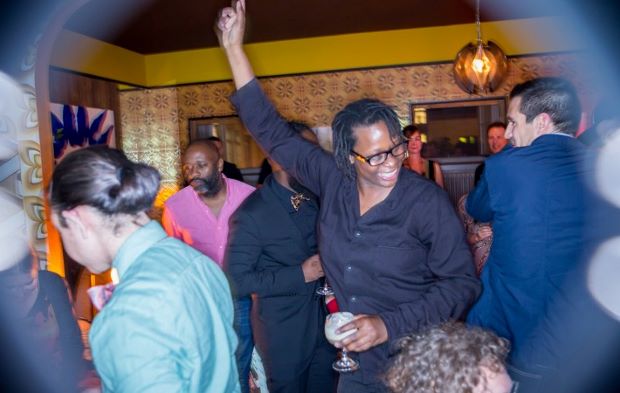
We imagine the opaque pricing in the art market must have posed a challenge though in those days? I think the most unique aspect of the art world is the issue of price. In every other category there is set global pricing. You know what a computer costs or a pair of Prada shoes. But in the art world there isn’t. And I think that's what makes people intimidated by it. But buying from Artspace is different because everything on Artspace has been curated. Whatever you see here it’s good, so buy what you like. I think people need that in the art world, more than in any other category. That’s the unique part of what we do.
Getting galleries to understand that and believe in it was one of the early challenges. Once we got some of the top galleries involved it became easier. Now, four years later we have so many galleries and institutions emailing us to get on Artspace. So in these last four years I think the art world has slowly realized that this transition is happening and that a certain percentage of art will be transacted online, so there’s no question about that now. That’s a huge change since we started the business. We’re seeing our average price points go up and we’ve seen the velocity of transactions at higher price points increase. So we’re really optimistic that over time this is going to be a very big industry and we’re going to be a leader- if not the leader.
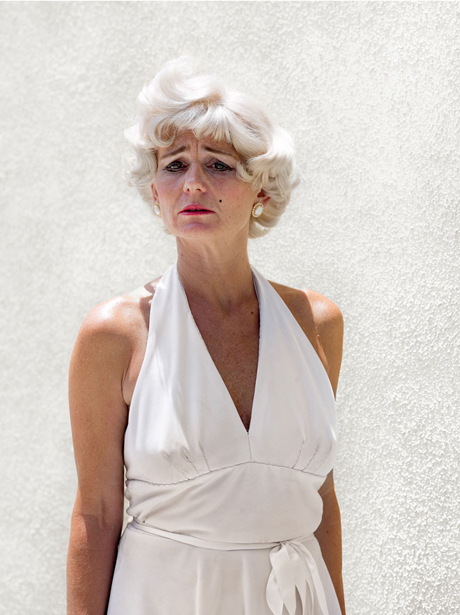
__The renowned collector, Alain Servais, has said ‘there’s a new Goldrush online’ do you think there’s any truth in that? __ I think it’s a very big opportunity and when there are big opportunities lots of people want to be in them. So for me it’s a validation that we’re in the right space and that we’re years ahead of anybody else in transacting art online. There’s obviously the visual challenge of showing art online but the behind-the- scenes process of transacting, shipping, insuring and getting art to where it belongs - the operational side of the business - takes a lot of time and expertise to figure out too. We’ve learned a huge amount over the last couple of years. Anybody else who wants to come into this business will have a long learning curve.
Finally, you went through Harvard, what are some of your classmates up to these days? Well, Sheryl Sandberg (COO Facebook) was a year ahead of me. She was always really bright, really well liked. It’s not surprising to me where she ended up. I had an incredible experience at Harvard – obviously with what I learned there but the people were just incredible and so many of them have ended up in incredible positions.